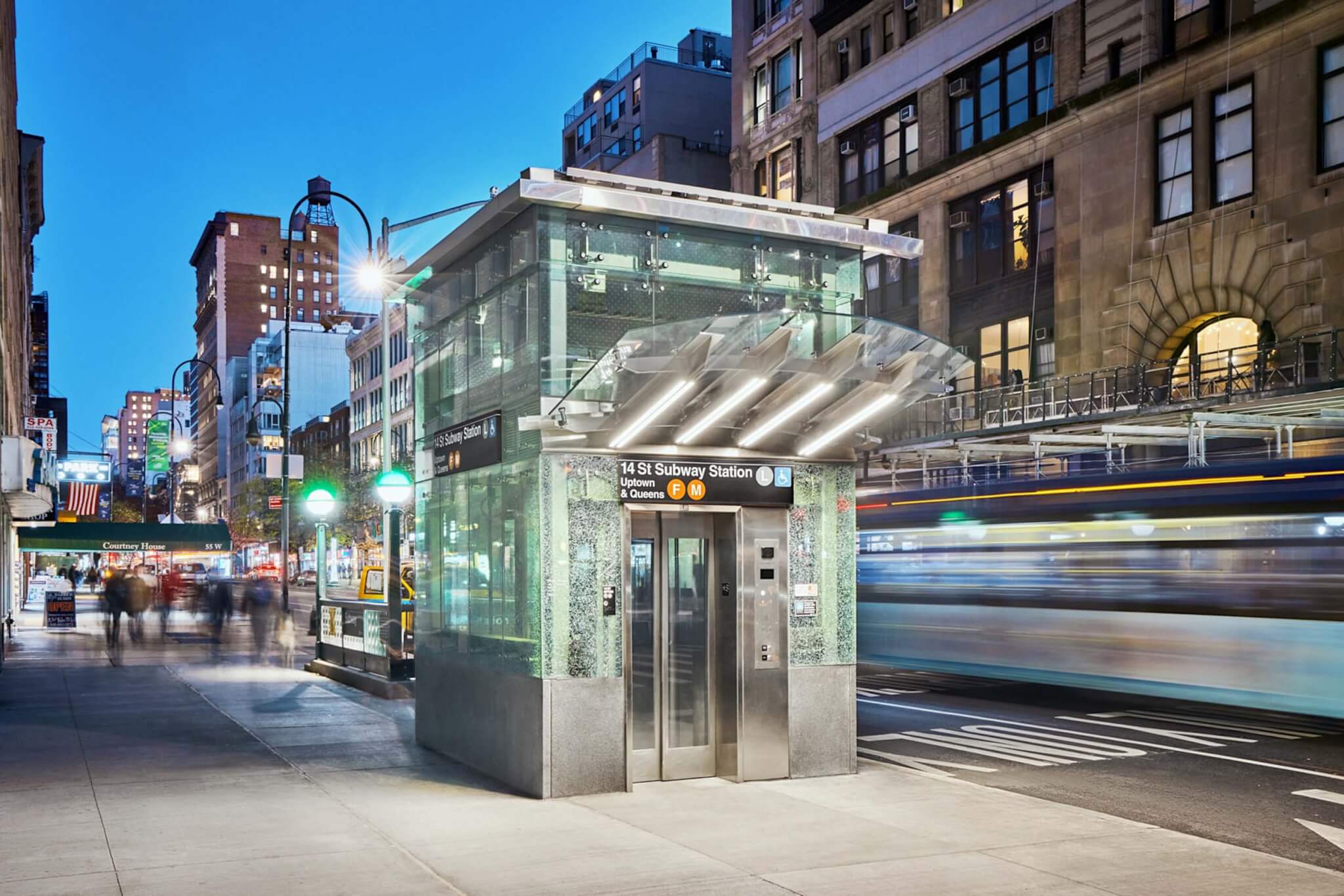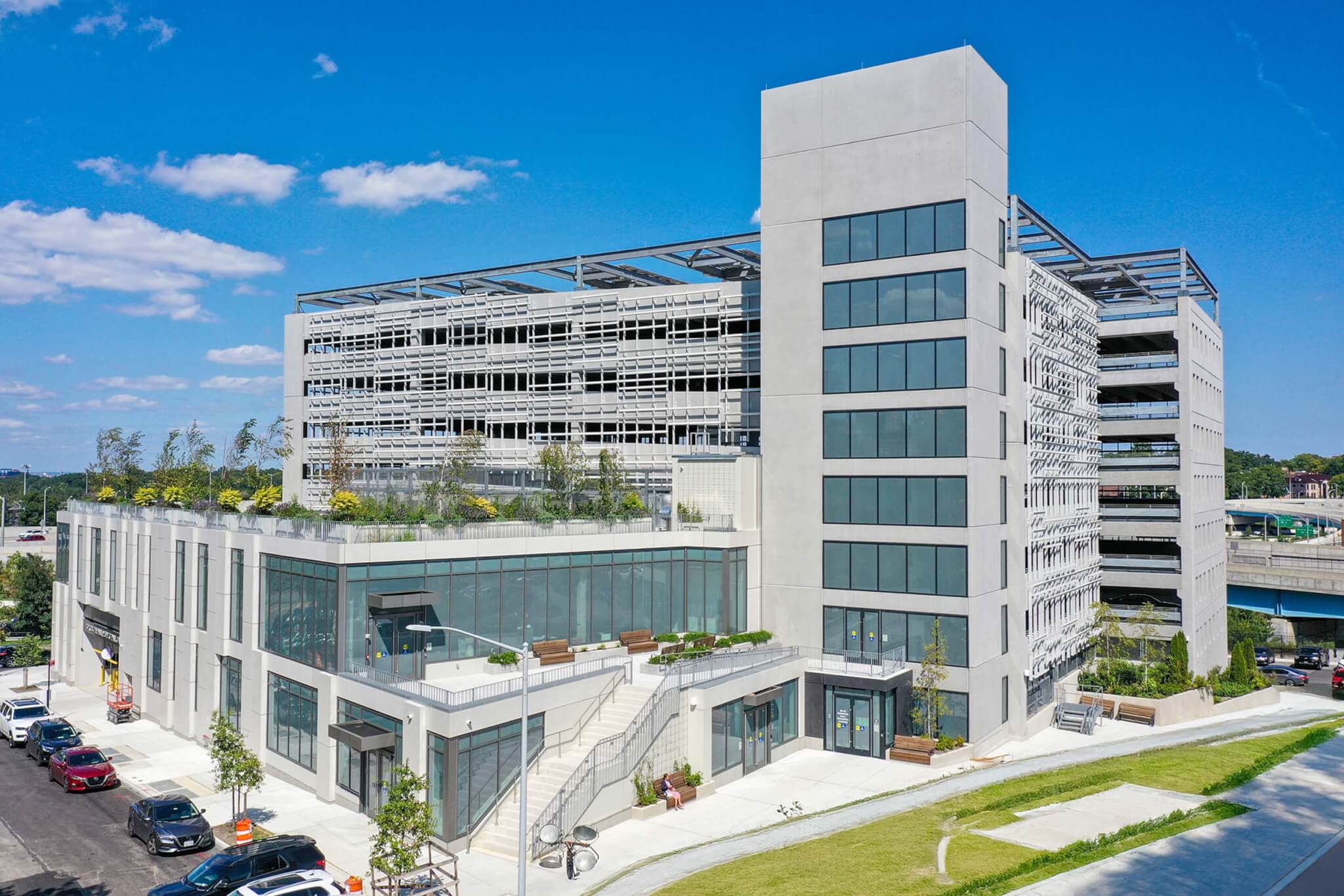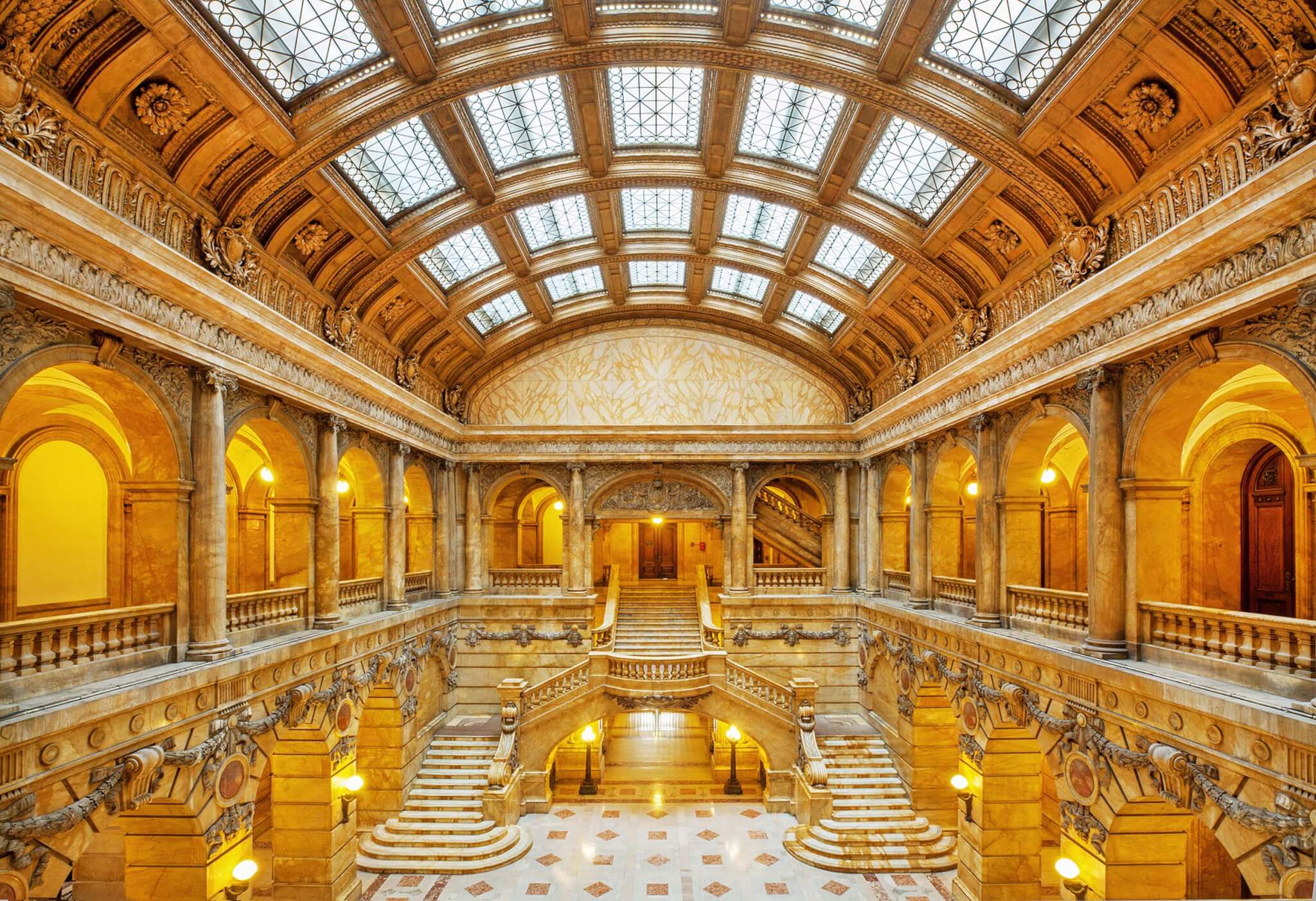When Martin “Marty” Stein joined Urbahn Architects 65 years ago, he was a temporary employee hired to work on the design of the Vehicle Assembly Building at Kennedy Space Center, a facility built under the Apollo program. The utilitarian building was a large undertaking for any office, but its mission of government service embodies the values of the firm. Founded by Maximilian Otto Urbahn in 1945, this same spirit still guides its efforts 80 years later.
“The ethos of the firm stems from those early beginnings, that there’s no project we’re afraid to take on,” Stein told AN on a recent call. “If we have the right process going for us, and we have the right people doing the project, and we have the right consultants and team, there’s no project that is too big or too complex for us.”
Stein, age 94, sold his shares in the company about ten years ago, but remains actively involved—retirement may happen in two or three years, he joked. When Stein stepped back, he left the firm in the good hands of principals, managing principals, and associate principals who follow in Urbahn’s footsteps.
As the firm celebrates its 80th anniversary, it does so with eight new associate principals: Bridgette Van Sloun, Christopher Young, Daniel Kohn, Enrico Kurniawan, Ijeoma D. Iheanacho, Lawrence Gutterman, Nandini Sengupta, and Ryan Bieber.
Civic Origins
Urbahn himself was born in Germany and immigrated to the U.S. in 1925. In 1945, after working for the US Army Corps of Engineers during World War II, he founded a practice with Jedd Stow Reisner based on Reisner’s “legacy clients and the network of relationships Max cultivated at Yale and previous employers.” Early commissions included a bottling plant, a school, and a “hardened launch facility” for an “undisclosed Hampshire location.” This project diversity typifies the range of programs that the office would later pursue.
Like AECOM, the firm sought postwar government contracts as a means to survive financial precarity. By 1963, Urbahn’s partners in practice had retired, and the firm was renamed The Office of Max O. Urbahn Architect, which later became Urbahn Architects.
Urbahn Architects doesn’t shy away from many commissions. Its staff of over 100 employees is primarily based in New York City where it has worked on office buildings, housing, schools, hospitals, transit projects, and correctional facilities.
At this point there aren’t many New York City or state agencies and programs Urbahn hasn’t worked with—among these the Department of Design and Construction (DDC), the DDC’s Design-Build program, the Landmarks Preservation Commission, Metropolitan Transportation Authority (MTA), and NYC Department of Correction (DOC). The firm has been hired to revisit old commissions, harness past experience to land new jobs, and design buildings from the ground-up that respond to the evolving needs of the city its designers call home.
While many architects design buildings around the world, the pressure is on when you’re working in your hometown.
Moving the Public, Literally
Urbahn’s public-facing work often takes place below ground too. For decades the firm has taken on work within the MTA, Long Island Rail Road (LIRR), and Metro-North systems. Projects have included station renovations, upgrades to subway platforms, and lots and lots of elevators. Lately, accessibility improvements keep the firm’s transit architects and designers busy.

Associate principal Larry Gutterman pointed to the firm’s recently completed ADA upgrades to the 14th Street subway station at 6th and 7th Avenues in Manhattan as an example of how challenging—and rewarding—work in this sector can be. Beyond the installation of nine elevators, the project entailed revamping public mezzanine areas and accommodating a major back-of-house operations and maintenance hub.
In working so extensively on the nation’s largest public transit system, Urbahn’s architects and designers are regularly reminded of the value their work contributes to New Yorkers. Stein fondly recalled an instance when, riding a crowded subway, he asked an older woman next to him if she was doing okay. She was and said she was headed out to Bay Parkway in Brooklyn, where Urbahn had installed an elevator. Stein shared that he worked on the accessibility project out there, and the woman lit up with delight: The elevator made it easier for her to get to her job every day.
Designing Jails
Over the years, Urbahn has also developed expertise in designing jails and prisons. The active ethical debate continues about how—and if—architects should take on these commissions. Recent AN coverage has included a piece co-written with Steve Brooks, an incarcerated journalist, that asked, “When, if ever, is it ethical to design carceral spaces?”
Donald Henry, managing principal, has been with Urbahn for 42 years. He has worked on a number of projects throughout this lengthy tenure, but has repeatedly worked on holding facilities. One of his early projects was delivering the Manhattan Detention Center in the 1980s. Currently he is working on the Borough-Based Jail Program, which was introduced in 2017 to build five new jails, one in each borough, and close the Rikers Island facility.

Urbahn is working on the local jail for the Bronx with NYC DDC, Transformative Reform Group, and CetraRuddy. Now under construction, it is planned to top out at 11 stories and be completed by 2031 at a cost of at least $2.9 billion. The building is planned to have a capacity of 1,040 people, each to be held within a 75-square-foot cell. Urbahn also worked on a parking garage for the jail facility in Queens, in collaboration with Marvel Architects, the first building completed under the DDC’s Design-Build program.
Some have criticized the resulting redistribution of jails into existing communities, even going as far as offering design alternatives for sites like the Chinatown jail in Manhattan. In Walking the Streets/Walking the Projects: Adventures in Social Democracy in NYC and DC, upon encountering Manhattan’s court complex, which has design contributions from Urbahn, Owen Hatherley remarked: “Here, you realize, is a country that really likes prisons.”
Principal Nat Barranco and Henry said the firm continues to hire more staff to design correctional facilities as it pursues more work in the sector. Henry said its work on these projects “addresses justice in a normative way, a therapeutic way, a way that can really treat people who are in custody fairly.”
The Next 80 Years
Outside New York City, Urbahn operates an office in New Jersey and a small practice in Indonesia, called Urbahn International. Urbahn has taken on projects in Upstate New York, the Caribbean, Guyana, and Indonesia.

Urbahn is celebrating its 80th anniversary with an event at the Manhattan Surrogate’s Court Atrium, where it completed a restoration project in 2019. Looking ahead, the practice is committed to business as usual, often through shaping the environments that New Yorkers often take for granted. It also anticipates taking on more commissions in the immediate region beyond New York in the transportation and correctional sectors.
Urbahn also plans to continue its work on housing projects. New associate principals Kurniawan and Iheancho are adamant that this project type ought to be a priority for the firm, and they point to the urgent need for affordable housing in every New York City borough. Perhaps the next decades of Urbahn’s commissions will contribute more housing and accessible transportation facilities, in keeping with what New Yorkers actually need.
→ Continue reading at The Architect's Newspaper
